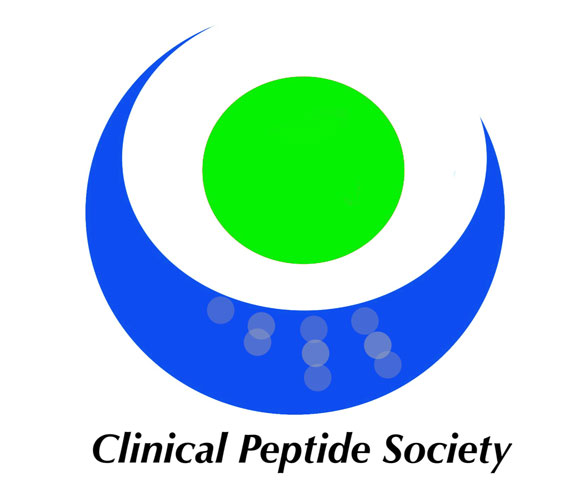Ketamine Infusion Therapy for Depression

Ketamine is used to treat depression, bipolar disorder, post-traumatic stress disorder, and chronic and post-operative pain, and although ketamine infusion therapy is not normally the first line of treatment for pain or depression, it may be helpful when other treatments are ineffective. The antidepressive characteristics of ketamine, the cornerstone of ketamine infusion treatment, have been proved in research over the last several decades. Ketamine has been licensed by the US Food and Drug Administration (FDA) as anesthesia, but it may also be used to treat mental illnesses and chronic pain.
Ketamine infusion treatment to treat depression
When injected intravenously, ketamine, an N-methyl-D-aspartate antagonist, has been shown to help with treatment-resistant depression, major depressive disorder (MDD) with suicidal ideation, and bipolar depression.
According to Anesthesiology Research and Practice, ketamine infusion therapy is useful as monotherapy or adjuvant treatment for depression, particularly treatment-resistant depression, because of its quick pace of efficacy. Major psychiatric disorders like MDD are associated with incapacitating neurological, mental, and substance-abuse-related illnesses. Therefore, researchers are testing innovative therapeutic strategies to treat or prevent these diseases.
Ketamine infusion therapy has been used in conjunction with psychiatric treatment and has been shown to offer considerable, short-term relief from symptoms; however, the long-term implications are still being studied. Treatment-resistant individuals who are not responding to electroconvulsive therapy may benefit from low doses of ketamine, which provide a quick and robust (albeit temporary) antidepressant effect. Ketamine infusion treatment has been demonstrated in studies to reduce depression and suicidal thoughts symptoms in 60% to 75% of patients within 30 to 40 minutes.
Types of ketamine
There are two major forms of ketamine for treatment-resistant depression. Racemic ketamine is usually administered as a blood infusion, also referred to as IV ketamine. It comprises two ketamine molecules that are mirror images of each other: "R" and "S" ketamine. Although the FDA authorized it as an anesthetic years ago, it was often applied for off-label treatment for depression.
Esketamine is a nasal spray that the FDA approved in March 2019. It exclusively makes use of the "S" molecule. Most of the research so far has focused on ketamine infusions.
The two types of ketamine have distinct effects on brain receptors. How ketamine is administered and its type impact its efficacy and adverse effects. Little is known about which kind is more effective or how different the adverse effects are. More study is required to compare efficacy and side effects.
What is the mechanism of action of ketamine?
Ketamine's mechanism of action is not completely understood, but it seems to help patients effectively manage depression after other therapies have failed because it produces an antidepressant effect via a novel mechanism. NMDA receptors in the brain are ketamine's most plausible targets. Ketamine seems to boost the quantity of a neurotransmitter called glutamate in the gaps between neurons by attaching to these receptors. Glutamate then activates connections in the AMPA receptor. Blocking the NMDA receptors and activation of AMPA receptors together result in additional chemicals that aid neuron communication via new routes. This process, known as synaptogenesis, is hypothesized to impact mood, cognitive processes, and cognition.
IV ketamine infusion: The procedure
When IV ketamine is being administered, several factors might affect the procedure. These may include the kind of provider, their specialty, and the type of environment (academic center vs. private practice).
A psychiatrist or physician assistant conducts an in-depth mental evaluation as part of the treatment process. In this session, the mental health professional will establish whether ketamine is clinically acceptable and useful for the patient's particular situation. They will also mention other psychiatric treatments, including their risks, advantages, and possible side effects. The doctor will arrange the ketamine infusion sessions after establishing that such treatments are suitable and the patient agrees to begin therapy.
The provider will complete the ketamine treatment in a room specially set up for administration. The therapy rooms are designed with both safety and comfort in mind. After the patient is comfortable, the provider will insert an IV catheter to start the ketamine infusion.
Everyone's reaction is unique, although most people notice the effects within the first five minutes. It takes about 10 minutes to get the maximum impact, but the process continues for another 30 minutes. A typical session lasts for about 40 minutes.
It takes around 15 minutes for the effects of the injection to dissipate. A physician then gives the patient the all-clear to go home. Patients are not allowed to drive until the next day. After the first treatment sessions, which often include six IV ketamine treatments with progressively increasing doses, the patient and the clinician can choose to continue ketamine therapy.
Final note
Ketamine infusion therapy may potentially have various effects on depression. Book an appointment to learn more.
Request an appointment here: https://omgwellnessmd.com or call Optimal Medical Group at (559) 425-1118 for an appointment in our Fresno office.
Check out what others are saying about our services on Yelp: Read our Yelp reviews.
Related Posts
Shockwave therapy for erectile dysfunction is a breakthrough, noninvasive treatment that uses low-intensity shock waves to improve blood flow to the penis. It restore erectile function, often without medication or surgery. The science is clear: clinical studies show that shockwave therapy, also called low intensity shockwave therapy (LI-ESWT), stimulates new blood vessel growth and improves…
What causes low libido in women? Low libido in women, defined as a persistent reduction in sexual desire that affects quality of life, almost always has multiple causes. From hormonal fluctuations and chronic health conditions to psychological stress and relationship issues, low libido in women is rarely due to a single factor. Addressing low libido…
How erectile dysfunction affects a woman goes far beyond the bedroom. Its emotional and relational impact can be just as profound as the physical. When a partner develops erectile dysfunction (ED), many women experience a loss of intimacy, decreased sexual satisfaction, and challenges. With time these challenges ripple throughout all aspects of their relationship.ED affects…
Women researching low sex drive in women supplements often want fast, reliable results. While supplements are not offered here, this article outlines how the O-Shot compares to over-the-counter options. Low sex drive in women is a real and complex problem, often leaving women and those who care for them searching for answers. If you're wondering…
















